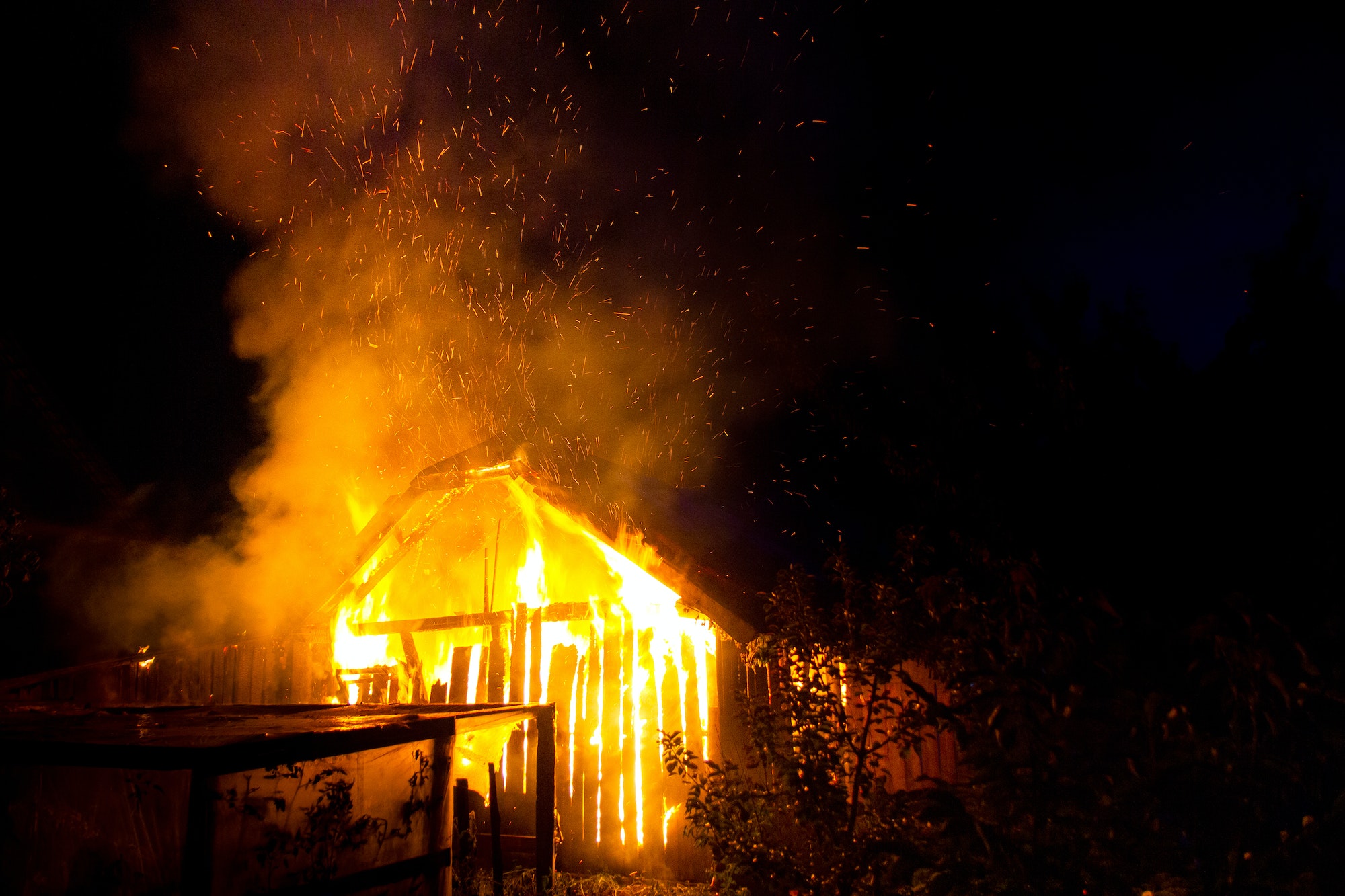September 16, 2021
Gov. Gavin Newsom today signed SB 9 and its cousin bill, SB 10, two deeply flawed and troubling bills that target single-family areas for density but with different approaches.
Neither bill requires any affordable housing to alleviate California’s affordability crisis. And SB 9 is the first housing bill signed in California’s climate-change/ fire-disaster era that encourages fourfold density in our highest-risk fire zones.
SB 9 overrides local control in an effort to create needed housing, but misses the mark by introducing community and environmental threats while failing to create affordable housing. Here are the eight leading reasons why SB 9 was, and is, a bad idea:
1) SB 9 overrides local control over density in high-risk fire zones, usurping local planning that controls overbuilding and protects evacuation routes. The 2021 firestorms and near-disaster in evacuating 22,000 people from Lake Tahoe are warnings. Widespread misreporting has stated that high-risk fire zones are exempted from SB 9. This, unfortunately, is untrue. A correct analysis of SB 9 and fire-risk zones is at The Planning Report. Under SB 9, unplanned fourfold density can be built in Paradise, South Lake Tahoe and scores of other severe fire hazard risk zones.
2) SB 9 applies to all areas with more than 2,500 people, using a much-criticized U.S. Census definition of “urban” that has stood since 1910. The U.S. Census plans to abandon its 111-year-old definition, and SB 9 is a good example of why: By relying on an antique definition of “urban,” crafted back when 2,500 people was urban and not rural, SB 9 encourages sprawl in our sparsely populated areas. That, in turn, worsens California’s increasingly bleak fight against global warming.
3) SB 9 contains a very weak amendment to discourage investors from bidding against families for lucrative single-family homes under SB 9. The amendment requires anyone seeking a “lot split” (needed in order to build four homes where one home is now) must sign an affidavit that they “intend” to live in one of the resulting units for three years. This is unenforceable, according to League of California Cities. We strongly agree. SB 9 is a gift to deep pockets, not homeowners.
4) An amendment intended to lessen public safety threats from SB 9 sets a too-high bar that requires local municipalities to make “a written finding, based upon a preponderance of the evidence” that a proposed SB 9 project will create a specific significant threat that cannot be mitigated. Because this level of evidence is nearly impossible to show, this weak protection will not be utilized by local agencies. Unfortunately, this amendment protects no one.
5) SB 9 places Latino, Black and other homeowners of color in the crosshairs because so many majority Black or Latino homeowner communities are near desirable cities. Despite claims by some that SB 9 seeks inclusion, in practice the opposite is more likely: the bill will encourage bidding wars in stable communities of color including South Los Angeles, San Fernando Valley, Inland Empire, and other highly diverse, working-class and middle-class Southern California homeowner areas.
6) By targeting California’s backyards for development and requiring only a four-foot setback from the neighbors’ property lines, SB 9 reverses years of policy efforts to reduce heat-islands in Sacramento, Los Angeles, Fresno and many other cities trying to rebuild their urban forests by funding tree-planting on private and public land. Without protections for trees, SB 9 in-fill development will result in dramatic loss of the urban tree canopy.
7) SB 9 will create crowded parking conditions on residential streets by overriding city parking requirements that typically require a garage for each home. SB 9 requires only that a developer provide one off-street parking “space” per home. No parking is required at all if the SB 9 project is within 1/2-mile of a transit corridor (a route) even if the bus doesn’t actually stop in the area.
8) It will be very hard for homeowners to tap this development opportunity, but not for developers. To obtain a loan to pursue a lot split, a homeowner first must pay off the mortgage on their existing home and the land they are about to split. The average mortgage in California is more than $300,000. Next, the homeowner will need a construction loan to build the other homes. It is not unthinkable that a homeowner, to tap SB 9, will need in the range of $1 million. Investors and rental giants, not homeowners, can afford SB 9.
We believe California can find a way to produce more affordable and more plentiful housing without putting lives in danger. This isn’t it.

